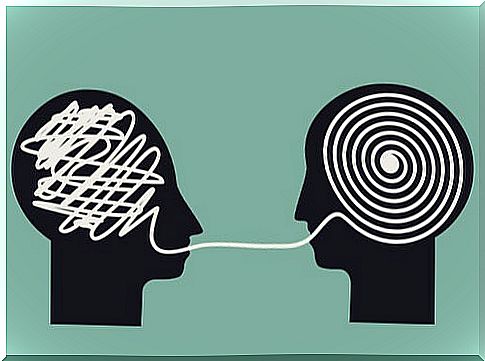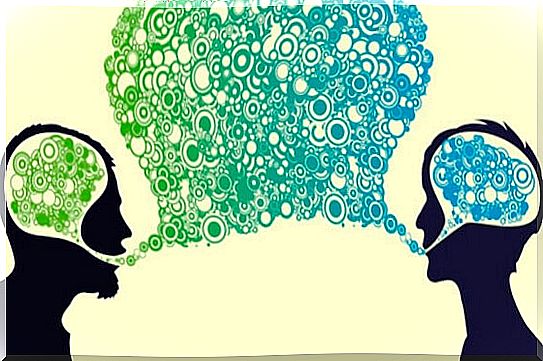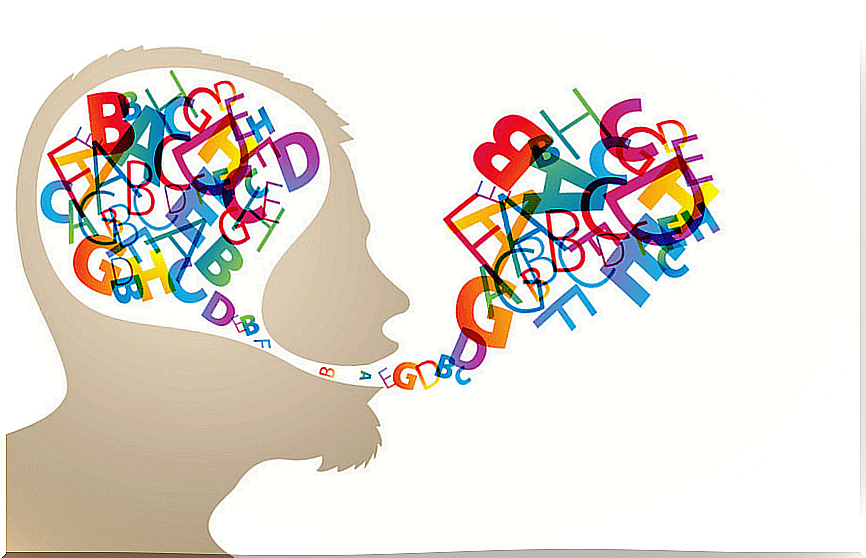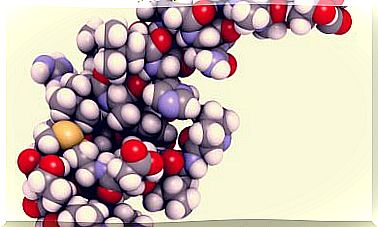The Use Of Language To Change The Mind: The Heritage Of Milton Erickson

Perhaps because his therapeutic approach was difficult for other psychiatrists to replicate, or perhaps precisely because of this, Milton H. Erickson is considered today as a creative genius. This American psychiatrist and psychologist pioneered hypnosis therapies to the point of achieving legendary status. Milton Erickson developed, among other tools, therapeutic strategies based on language to “change” the mind.
Numerous schools of Ericksonian hypnosis have appeared around the world. Brief therapy, solution-focused therapy, strategic therapy, and systemic family therapy are influenced by the work of Milton Erickson, also inspiring the creators of NLP (Neurolinguistic Programming) strategic therapy.
Erickson’s true legacy
The model was named the Milton Model in honor of this prestigious therapist. The creators of NLP studied the system used by Dr. Erickson and updated their strategies. Currently this model is used effectively in both therapeutic and non-therapeutic settings. It is an example of the strategic use of language to change the mind.

The characteristic elements of this approach are basically three:
- The nominalizations. They are substantive expressions, usually derived from verbs. For example the word “knowledge” (verb to know). Each person personalizes the final meaning of the term “knowledge” in reference to personal experiences.
- The use of “No”. The expression of negation does not exist as such in mental images, sounds or sensations. Negation exists only in spoken or written language or in symbolic representations, but not in mental images. The best known example is the phrase “don’t think of a blue elephant.” The mind has not understood “no”, it has only “seen” the blue elephant.
- Analogous underlining. Persuasion instrument created by Erickson, based on the idea that only part of our communication is conscious. Analogous underlining is applied by emphasizing a word that you want to remain in the interlocutor’s subconscious. It is done by adding a silence or a gesture while pronouncing the word in question, even changing the tone of voice.
The language map
Despite many times not being aware of it, both in our communication – both with other people and with ourselves – the language we use configures a map. A map that affects our imagination, our thoughts and our emotions. At the same time, this linguistic map would constitute our filter of reality. Thus, changing the language to change the mind passes -among other places- by recognizing that map and changing it.
It is through this map that the environment, beliefs, identity, values and behaviors of one’s own and others are expressed. Furthermore, with language we have enormous power to influence ourselves and others as well. We can be aware of what we say, but not be aware of how we say it.
Language takes away and empowers
The linguistic patterns that each of us adopt in many cases are inherited from the environment. They are adopted without criticism, they are repeated without further analysis. But becoming aware of the terms and the way we use them gives a different perspective to the relationship we have with ourselves and with others.
There is a type of language, internal and external, that detracts from power. There are several types but we have the clearest example in sentences such as “My mother makes me nervous.” This type of language not only takes power away, it also puts power in the hands of another person.
To change our language patterns, the first step is to know how we use it. The same phrase said as “I get on my nerves with my mother”, although apparently it is the same, the truth is that it changes absolutely everything. In this case, it is oneself who has the power to change or modify an unpleasant, even harmful, fact.

Change the language to change the mind
The hypnotic therapy through language used by Milton Erickson, or NLP, would be some of the ways to make us aware of how to change these linguistic patterns in order to considerably improve perception and attitudes towards many aspects of life. Becoming aware of how these linguistic patterns affect emotions, both positive and negative, according to the paradigm pioneered by Milton Erickson, would be the first step in changing the mind.









